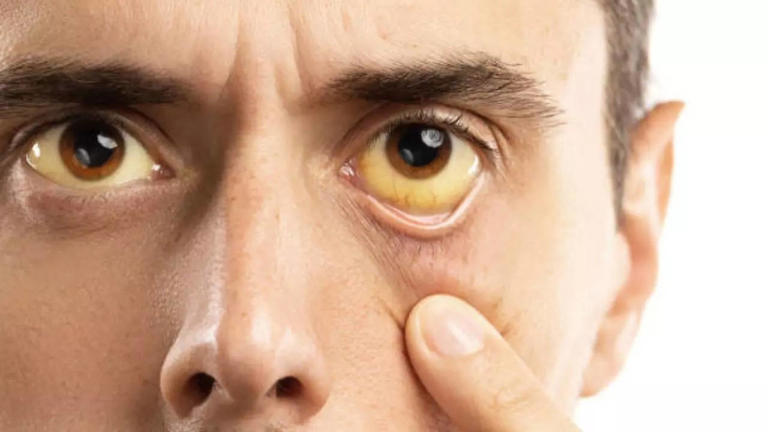Fatty liver occurs when fat accumulates in the liver, causing inflammation that can lead to serious health complications. Doctors indicate that fatty liver is often due to lifestyle and dietary issues, but it can be reversed with certain changes. Also known as hepatic steatosis, fatty liver is characterized by excessive fat buildup in the liver, which can cause issues such as liver failure—a life-threatening condition. Recognizing early signs of liver problems is crucial, and some symptoms may appear on your skin.
Doctors note that changes in your facial and skin appearance, such as puffiness, color changes, and itching, can indicate fatty liver disease, one of the most common chronic liver diseases. Although common, its symptoms are often subtle and may manifest as:
- Puffiness: Fatty liver can impair the liver’s ability to produce proteins, affecting blood flow and fluid removal, leading to a puffier appearance.
- Darker Skin: The disease increases insulin resistance, causing excess insulin buildup and a condition called acanthosis nigricans, which darkens skin folds, particularly on the neck.
- Rosacea: This skin condition causes redness and bumps. While not exclusive to fatty liver, it can be a sign of the disease.
- Rashes: Fatty liver can lead to nutrient absorption issues, causing deficiencies like zinc deficiency, which results in rashes and dermatitis, particularly around the mouth.
- Itching: Excessive bile salts from liver disease can cause skin itching, including on the face, which scratching does not relieve and may worsen.
- Jaundice: Advanced liver disease causes jaundice, where skin and eye whites turn yellow due to excess bilirubin.
- Redness: Patches of redness on the skin can also occur.
To prevent liver disease, doctors recommend:
- Maintaining a moderate weight and managing conditions like diabetes
- Limiting alcohol intake
- Choosing unsaturated fats like those found in fish and nuts
- Eating more whole grains, fruits, and vegetables
- Washing fruits and vegetables thoroughly before consumption



